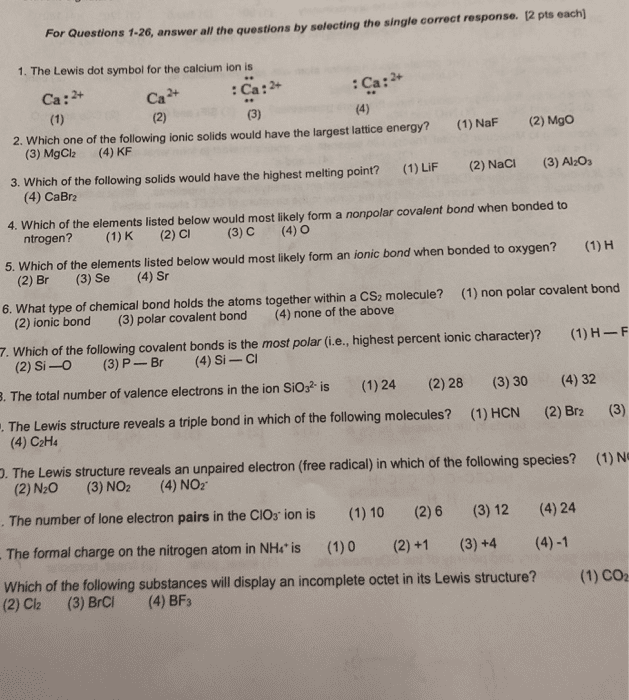CH-1010 Lecture Notes - Lecture 6: Ionic Bonding, Chemical Polarity, Covalent Bond
Document Summary
Covalent bond: formed by 2 atoms sharing electrons polar: electrons not shared equally ex. oxygen atom and a hydrogen atom electrons closer to one atom than the other non polar: electrons shared equally ex. carbon atom and carbon atom. Single bond: share one pair of electron ex. Bond order: higher the strong also higher= short more bonds the stronger/shorter bond is. Ionic bond: formed by electrostatic attraction of oppositely charged ions cation (positive charge. metal) + anion (negative charge. nonmetal) Coulombs law: energy of interaction b/w 2 ions is proportional to their charges (q1 and q2) and inversely proportional to the internuclear distance (r) Ex. calculate energy of interaction b/w magnesium 2+ and oxygen 2- if the distance b/w their nuclei is measured to be 0. 205. Electronegativity: atom in a chemical bond to attract electrons to itself bond already made w/ another atom same trend as ionization energy from left to right the electronegativity goes up ex.


